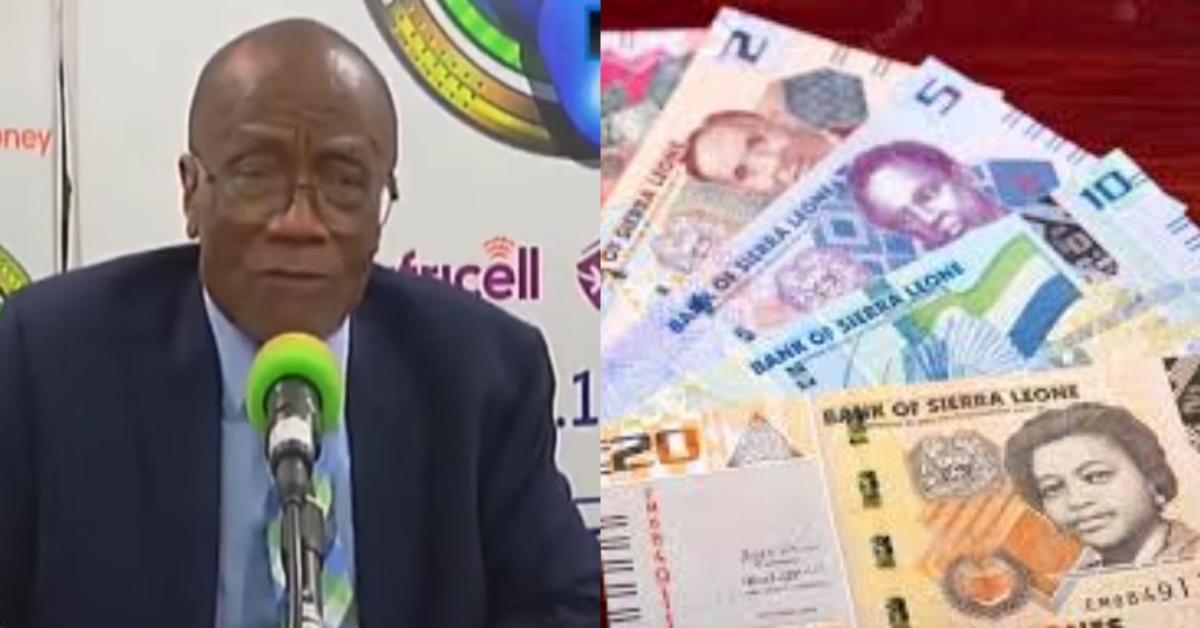In a recent interview on the popular “Good Morning Sierra Leone” program on Radio Democracy 98.1, the Central Bank Governor of Sierra Leone, Prof. Keifala Kallon addressed the redenomination of the Leone, clarifying key points and provided insights into the rationale behind the currency reset.
Prof. Kallon started by denying claims that he had promised the redenomination would raise the exchange value of the Leone. He likened the process to resetting a virus-infected phone, where it starts anew but retains the same value. According to the governor, the redenomination was primarily done to reset the monetary system of the country, rather than to boost the exchange rate.
The governor acknowledged that the redenomination process faced political opposition from the start. He expressed his belief that some individuals worked against its success due to concerns that the government would benefit from it at their expense. He argued that redenomination is a technique used in various countries, particularly during hyperinflation, to encourage responsible spending by reducing the number of currency units.
Prof. Kallon pointed out that some factors, beyond their control, played a significant role in the post-redenomination dynamics of Leones’ exchange rate. He mentioned the U.S. central bank’s monetary policy, which led to an increased demand for the U.S. dollar, causing the dollar to appreciate against the Leone. This, he emphasized, was a key issue that occurred after the redenomination.
The governor explained that the initial plan was to have both the new and old currency coexist for some time before phasing out the old Leone notes. However, the volume of unused old Leone notes returned to the bank exceeded expectations, leading to an extension of the dual currency system. Prof. Kallon argued that the extension was necessary to prevent a crisis similar to the one experienced in Nigeria.
When questioned about the timing of printing new currency, Prof. Kallon admitted that the timing was not ideal. He attributed the decision to print new Leone notes to hoarding of the old currency, which exceeded their estimates. The government resorted to printing new currency due to the overwhelming amount of old Leone notes in circulation.
In response to whether the redenomination strategy had failed, the governor disagreed. He questioned the assertion that redenomination had caused exchange rate depreciation, pointing out that even countries that did not undergo redenomination faced economic challenges. Prof. Kallon emphasized the fundamental economic principle that everything comes at a cost and that various factors influence exchange rates.



 5 Comments
5 Comments 










Even professors are not honest to this country but they call youths criminals.
May God help this country.
it’s completely rubbish statement from so-called pro kallon, it very very shameful both national and international level, this is the worst bank governor since in the history of Sierra Leone
[…] Source link […]
Class room professor is different from real time professor.
Sierra Leone need prayers, because we don’t even know who to trust the responsibility and the affairs of this country, Allah help Sierra Leone if not we are perishing.